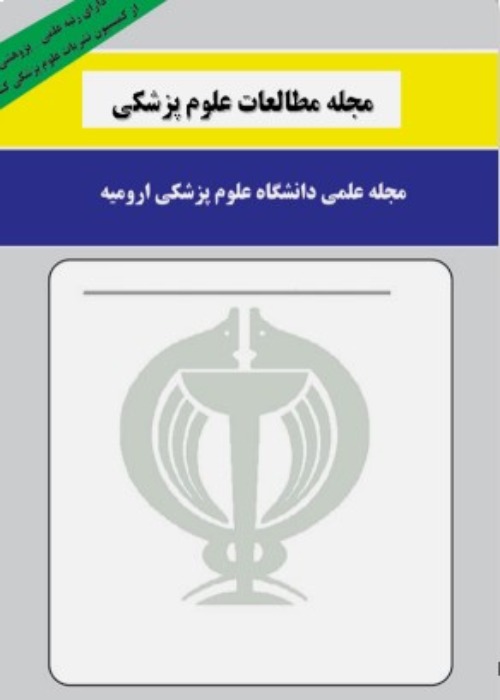THE FREQUENCY OF HIGH-RISK BEHAVIORS IN DRUG ADDICTED PATIENTS REFERRING TO METHADONE TREATMENT CENTRE IN URMIA, WEST-AZERBAIJAN, 2010
Author(s):
Abstract:
Background and Aims
Drug addiction is one of the problems that affect the international community with regard to specific characteristics of each society. Addiction has serious and profound effects on health, family life, economy, security and cultural grow. Association of addiction with many infectious diseases such as hepatitis B, C, and AIDS has been proved by many reports. Given the growing trend of drug abuse in the country and the region and lack of published data, it was decided to study the prevalence of high risk behaviors in drug addict population referring to methadone treatment center in Urmia psychiatry hospital in 2010. Material and Methods
In a cross - sectional study, 384 addicts referring to Methadon treatment center in Urmia psychiatric hospital were randomly selected in spring 2010. The survey tool was the questionnaire. Data collection was carried out by one researcher through interview within three months. Demographic information and risky behaviors of addicts including intravenous drug injection, tattooing, prison records etc were obtained and analyzed using SPSS software. Results
Of 384 patients, 58 patients (15%) were IV drug abusers and 326 patients (85%) were non-intravenous drug users. Seventy five percent of drug users were married, the mean duration of addiction was 12 years, prison history was observed in 42%. With regard to drug use method, snuffing in 61%, injection of drug in 15%, and oral use in 24%) was observed. Considering other risk factors, history of alcohol use for more than 5 years in 26.6% percent, tattooing in 23%, shared use of syringes in only 1.6%, sharing razors in 5%, illegal sex (16.1%t). The most frequent drugs used were opium (50%) and heroin (33 %). Conclusion
Results from this study show that high-risk behaviors such as injecting drug, the use of shared needles and unsafe sexual contacts can be seen more prevalent among drug addicts. These behaviors predispose drug addicts to various diseases including blood borne infections. Considering the growing number of addicts, it would be essential in this vulnerable group to receive necessary health education and prevention services in rehabilitation centers.Language:
Persian
Published:
Journal of Medical Science Studies, Volume:22 Issue: 6, 2012
Page:
560
magiran.com/p956424
دانلود و مطالعه متن این مقاله با یکی از روشهای زیر امکان پذیر است:
اشتراک شخصی
با عضویت و پرداخت آنلاین حق اشتراک یکساله به مبلغ 1,390,000ريال میتوانید 70 عنوان مطلب دانلود کنید!
اشتراک سازمانی
به کتابخانه دانشگاه یا محل کار خود پیشنهاد کنید تا اشتراک سازمانی این پایگاه را برای دسترسی نامحدود همه کاربران به متن مطالب تهیه نمایند!
توجه!
- حق عضویت دریافتی صرف حمایت از نشریات عضو و نگهداری، تکمیل و توسعه مگیران میشود.
- پرداخت حق اشتراک و دانلود مقالات اجازه بازنشر آن در سایر رسانههای چاپی و دیجیتال را به کاربر نمیدهد.
In order to view content subscription is required
Personal subscription
Subscribe magiran.com for 70 € euros via PayPal and download 70 articles during a year.
Organization subscription
Please contact us to subscribe your university or library for unlimited access!


